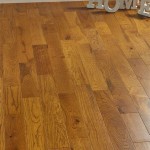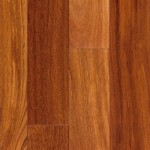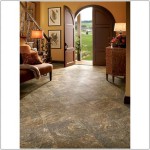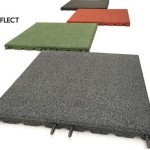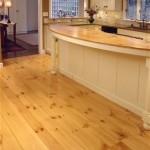How Much Does Wood Floor Restoration Cost?
Restoring wood floors brings back their original beauty and extends their lifespan. However, determining the exact cost of restoration can be challenging. Factors such as the floor's size, type of wood, extent of damage, and geographical location all influence the final bill.
To provide a comprehensive understanding, this article explores the key cost factors involved in wood floor restoration.
1. Floor Size
The size of the floor is the most significant determinant of restoration costs. Larger floors require more time, materials, and labor, resulting in higher expenses. Therefore, obtaining accurate measurements of the area to be restored is crucial.
2. Type of Wood
Different wood species have varying hardness and durability, which affects the restoration process. Hardwoods like oak, maple, and walnut generally cost more to restore due to their greater density and longer sanding times. Conversely, softer woods like pine and fir are more affordable but may require more frequent refinishing.
3. Extent of Damage
The severity of damage on the floor will impact the restoration costs. Minor scratches and dents can be repaired through sanding and refinishing, while more extensive damage, such as deep gouges or water damage, may require wood replacement or additional treatments. Water damage restoration costs can be significantly higher than repairs for surface-level imperfections.
4. Sanding and Refinishing
Sanding removes the old finish and smooths out the wood surface. The number of sanding passes required depends on the floor's condition and type of finish desired. Refinishing involves applying new coats of protective finish, which can be oil-based, water-based, or urethane. The cost of sanding and refinishing varies based on the floor's size and the type of products used.
5. Wood Replacement
In cases of severe damage, wood replacement may be necessary. This involves removing damaged planks and replacing them with new ones. The cost of wood replacement depends on the type of wood, the extent of replacement required, and the complexity of the installation process.
6. Labor Costs
Labor costs account for a significant portion of wood floor restoration expenses. The hourly rate of flooring professionals varies depending on their experience, location, and the scope of the project. It's important to consider both the hourly rate and the estimated time required for the restoration.
7. Geographical Location
The cost of wood floor restoration can also be influenced by geographical location. Regions with higher labor costs or specialty wood species may have higher restoration charges. It's advisable to obtain estimates from local flooring contractors to compare prices and find the most competitive option.
Conclusion
Restoring wood floors can enhance the aesthetics, durability, and value of your home. Understanding the factors that influence the cost of restoration, such as floor size, wood type, extent of damage, and labor rates, will help you make informed decisions and budget accordingly.
By carefully considering these factors and obtaining quotes from reputable flooring contractors, you can ensure a successful wood floor restoration that meets your expectations and fits within your financial plan.

How Much Does Wood Floor Restoration Cost In 2024 Checkatrade

What Is The Cost To Refinish Hardwood Flooring

Floor Restoration Cost Guide 2024 How Much To Re

Cost To Refinish Hardwood Floor Refinishing Fixr

Floor Restoration Cost Guide 2024 How Much To Re

Wooden Floor Restoration Cost 2024 How Much Is Refinishing

Floor Restoration Cost Guide 2024 How Much To Re

Floor Restoration Cost Guide 2024 How Much To Re

How Much Does It Cost To Refinish Hardwood Floors Lv Flooring Toronto

How Much Does It Cost To Refinish Hardwood Floors
See Also
